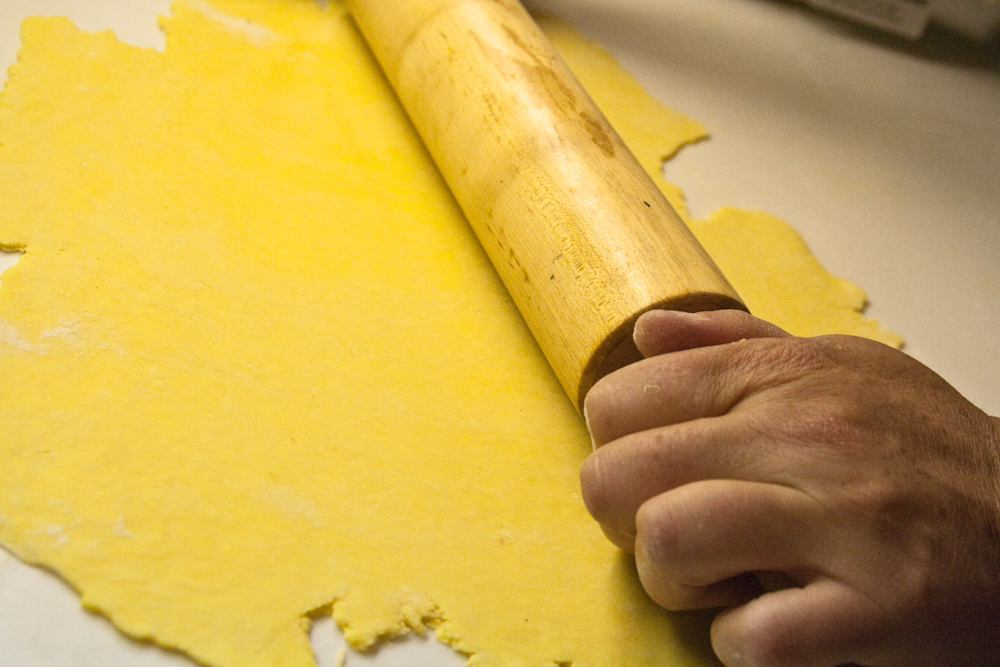Recently, engineers at Carnegie Mellon University (CMU) made a breakthrough in robotics by successfully teaching a robot dog to walk a balance beam. This was a monumental achievement, as walking a balance beam is notoriously diffcult for robots and something that has only recently been possible.
The robot dog, named Spot, is the invention of Boston Dynamics, an engineering company known for creating human-like robots. The project, which aimed to give the machine mobility and balance for traversing a variety of terrains, included teaching Spot how to walk on a balance beam.
Using a combination of 3-dimensional computer vision and advanced algorithms, engineers at CMU were able to develop a control system for Spot which allowed it to successfully walk across a balance beam. This was an impressive feat, as balance beams are notoriously difficult for robots due to the thin and narrow surface upon which robots must remain stable while traversing.
To make this accomplishment even more impressive, the engineers at CMU improved upon their initial design by giving Spot the ability to traverse the balance beam autonomously. The robot dog was able to independently assess the angles of the board and adjust its speed accordingly, allowing it to walk across without any intervention from the engineers.
This development in robotic technology could have far-reaching implications. Balance is an essential skill for robots, as it allows them to traverse a variety of terrains and operate in uncertain conditions, giving them greater control and autonomy.
The ability of the engineers at CMU to teach Spot how to walk a balance beam is yet another demonstration of the incredible advances in robotic technology which are occurring in the 21st Century. With the steady rate of progress being made in the field, it is possible that robots could soon be walking across balance beams autonomously with little to no human intervention.
Hey Subscribe to our newsletter for more articles like this directly to your email.
